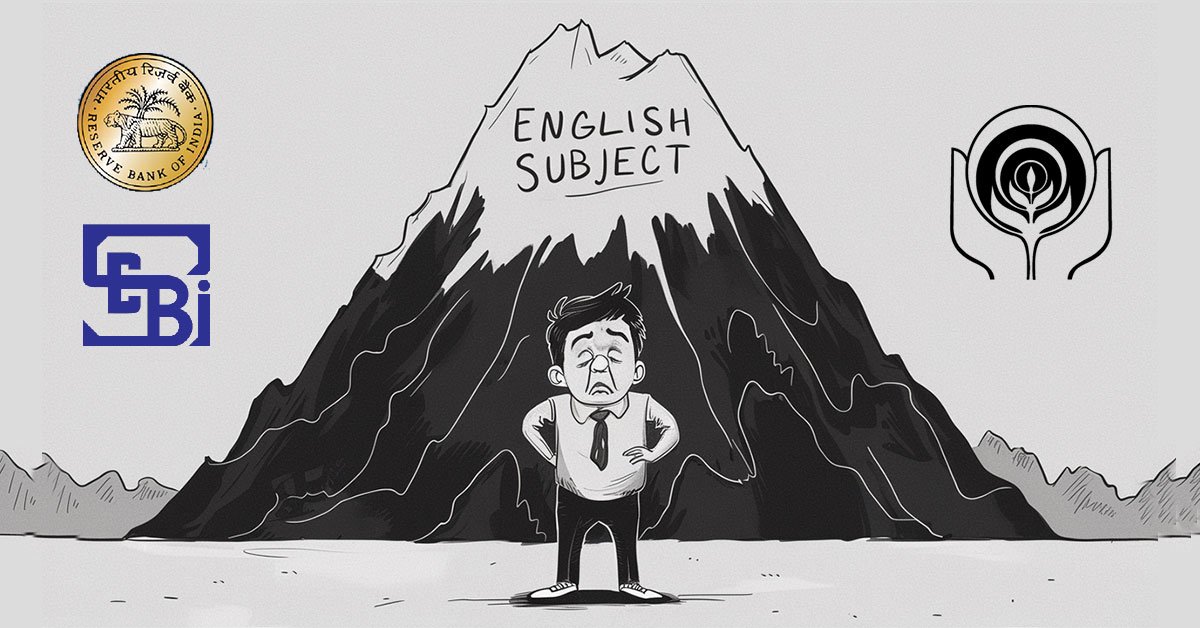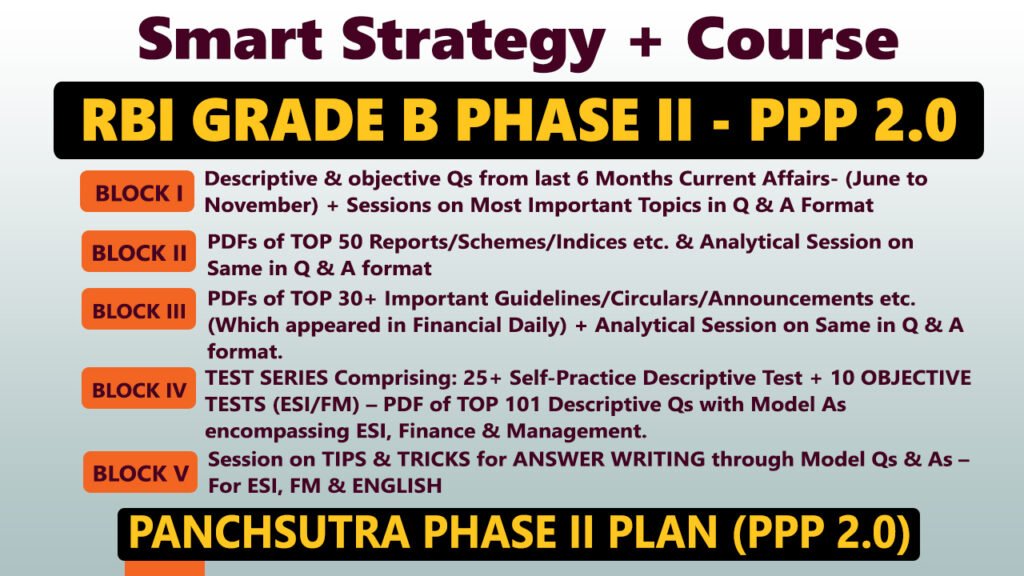Context:
The Union Budget 2025-26 presented by the Union Minister for Finance, Smt. Nirmala Sitharaman, has come up with various customs proposals with the objective of rationalizing the tariff structure, eliminating duty inversion, and supporting domestic manufacturing. These proposals are expected to give a fillip to exports, enhance trade, and provide relief to the common man.
Rationalizing Customs Tariff Structure
- Reduction of Tariff Rates: This Budget suggests removing from the stands seven tariff rates applicable for industrial goods. It had previously removed seven from the previous Budget 2023-24. Now, the remaining will only be eight, and one is the zero rate.
- Cess and Surcharge: There will be no more than one cess or surcharge. Social Welfare Surcharge will be exempted on 82 tariff lines that attract a cess.
Relief on Import of Drugs/Medicines
- Exemption on Life-Saving Drugs: 36 life-saving drugs will be fully exempted from Basic Customs Duty (BCD), and 6 more medicines will attract a 5% concessional duty.
- Patient Assistance Programmes: 37 new medicines and 13 additional patient assistance programmes will be added to the list of fully exempt medicines, provided they are supplied free of cost to patients.
Domestic Manufacture and Value Addition
- EV and Mobile Battery Manufacturing: The Budget intends to exclude 35 more capital goods in EV battery manufacturing and 28 for mobile phone battery manufacturing from BCD for domestic manufacture of lithium-ion batteries.
- Critical Minerals Exemption: Full exemption under BCD will be provided to cobalt powder, lithium-ion battery scrap, lead, zinc, and 12 additional critical minerals. It will further support Indian manufacturing and employment.
- Textile Machinery: The scheme will exempt two more varieties of shuttle-less looms from BCD, encouraging technical textiles, including agro-textiles, medical textiles, and even **geo-textiles.”.
- Interactive Flat Panels: The Budget proposes to increase BCD on Interactive Flat Panel Displays (IFPD) from 10% to 20% and reduce BCD to 5% on Open Cell and other components, addressing inverted duty structure issues.
- Shipbuilding: The BCD exemption on raw materials and components for ship manufacturing will be extended for another 10 years.
- Ethernet Switches: The Budget reduces BCD of Carrier Grade ethernet switches from 20% to 10% on par with that of Non-Carrier Grade switches.
Export Promotion Measures
- Handicrafts Export: The time taken for exports of handicrafts would be increased from 6 months to 1 year, plus an additional extension of 3 months. There would be an addition of nine new items of handicrafts to the input list for duty-free.
- Leather Exports: Crust leather will be exempt from 20% export duty, and Wet Blue leather will be fully exempt from BCD to facilitate exports.
- Seafood Exports: The Budget proposes reduction of BCD from 30% to 5% on Frozen Fish Paste (Surimi) to make India more competitive in the international seafood market.
That develop Domestic MROs: Extend the import time period allowed for imported foreign-origin goods admitted for repair from 6 months to 1 year including railway goods that would boost domestic Maintenance, Repair, and Overhaul (MROs) for aircraft and ships.
Trade Facilitation and Ease of Doing Business
- Provisional Assessment Time Limit: To promote ease of doing business, the Budget proposes a two-year time limit (extendable by one year) to finalize provisional assessments under the Customs Act.
- Voluntary Compliance: Importers and exporters can now voluntarily declare material facts and pay duty with interest but without penalty, incentivizing voluntary compliance (excluding cases under audit or investigation).
- Increase time limit for imported inputs: The time limit of the use of imported inputs at end-use will be increased from six months to one year. This will allow room for easier maneuvering by businesses. In addition, quarterly statements instead of monthly statements.
Conclusion
The Union Budget 2025-26 shall act as a strong foundation to enhance domestic manufacturing, promote exports, and support trade through radical customs reforms. Simplification of tariffs, relief to critical sectors, and the ease of business operations are closely in line with the overall thrust for sustainable economic growth and competitiveness for India at the global level.



















